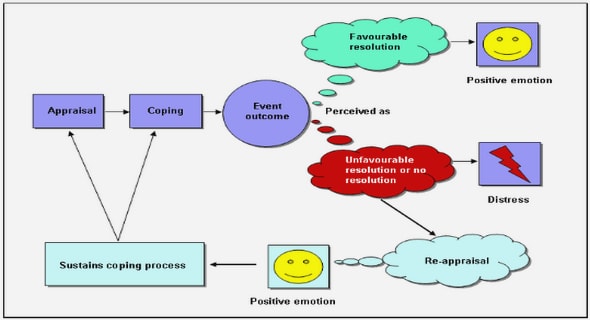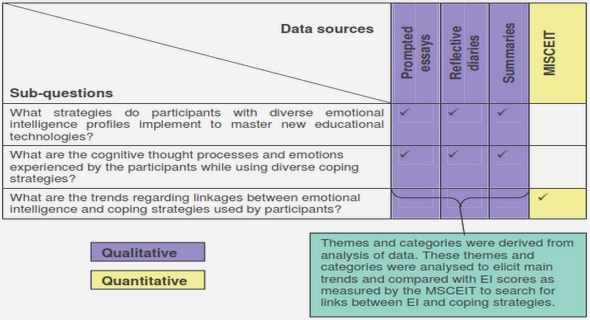Get Complete Project Material File(s) Now! »
Imidazopyridines (IPs)
IP-like scaffolds have been explored as antimalarials and antiprotozoal agents. A potent cGMP-dependent PfPKG inhibitor, ML10 [409], displayed anti-enzymatic (160 pM), asexual stage (IC50 = 2.1 nM) and transmission-blocking (IC50 SMFA = 41.3 nM) activity [410]. A 2-(3-aminophenyl) imidazopyridine displayed potent in vitro (EC50 = 2 nM) and in vivo efficacy against Trypanosoma brucei, with no clinical toxicity and favourable absorption, distribution, metabolism, excretion and toxicity (ADMET) parameters [411]. IPlike DHODH inhibitors from the Genzyme Corporation chemical library (N = 208 000) displayed submicromolar activity towards asexual stages (IC50: 0.3-0.9 µM) [412], whereas N-aryl-2-aminobenzimidazoles (pyridine-2-ylamino and basic piperazine substituents) from the AstraZeneca corporate collection (N = 500 000) displayed potent asexual stage activity (IC50 range: 36-59 nM), in vivo efficacy (99.9% reduction in parasitaemia; MSD >30) and excellent PK and ADMET profiles [234]. Initial SAR for the 2,6-IP series (Figure 1.15) resulted in the inclusion of mono- or triflouromethoxy ortho-pyridyl substituents at R2 and diflouronated cycloalkanes at R1 [413]. Two early leads showed favourable pharmacokinetic parameters and in vivo efficacy in the PfSCID mouse model [413], however, early derivatives displayed biphasic dose-response curves on drug-resistant P. falciparum (K1, Dd2, HB3, 7G8, TM90C2B, V1/S, FCB), alluding to incomplete kill or recrudescence [414]. Further derivatisations (piperazines with distal amides at R2; halogenated phenyls at R1) resulted in sigmoidal dose-response, but could not improve permeability or efflux [414], suggesting that the chemical space is too constricted to achieve both antiplasmodial activity and good pharmacokinetic properties.
Gametocytocidal stage-specificity and speed of action
Highly synchronised asexual parasites (>97% rings) were used to induce gametocytogenesis to produce compartmentalised early (>90% stage I-III), late stage gametocytes (>95% stage IV/V) or mature stage V gametocytes (>95% stage V gametocytes). Full dose-response analysis was performed for each compound after 48 hour exposure, after which the luciferase activity was measured as described above (section 3.2.6). More detailed descriptions of this approach can be found in sections 2.2.7.5 and 2.3.8 of this thesis. To determine the speed of action, early and late stage gametocytes were exposed to compounds for 24, 48 and 72 hours at IC50 (determined during 48 hour incubation; mid-point for temporal evaluation) to allow chronological evaluation of IC50 fluctuations (Figure 3.2). Inhibition ratios were subsequently determined and used (together with the curve slope) to determine the speed of action. All assays were performed on three independent biological replicates (technical triplicates, GraphPad Prism 6).
Chapter 1: Literature review
1.1 The socio-economic impact of malaria
1.2 The multifaceted Plasmodium life cycle
1.3 Gametocytogenesis 6 1.3.1 Gametocyte morphology and localisation
1.4 Malaria control
1.5 Eukaryotic protein kinases (ePKs) as drug targets
1.6 The P. falciparum kinome
1.7 Work leading up to this investigation
1.8 Hypothesis
1.9 Aim
1.10 Objectives
1.11: Outputs generated
Chapter 2: Establishment of an optimised gametocyte production protocol and confirmation of viability on orthogonal assay platforms
2.1 Introduction
2.2 Methods and materials
2.3 Results
2.4 Discussion
2.5 Conclusions
Chapter 3: Potent Plasmodium falciparum gametocytocidal compounds identified by exploring the kinase inhibitor chemical space for dual active antimalarials
3.1 Introduction
3.2 Methods and Materials
3.3 Results
3.4 Discussion
3.5 Conclusions
Chapter 4: Evaluation of cheminformatic approaches towards the identification of dual active and gametocyte-selective scaffolds
4.1 Introduction
4.2 Methods and materials
4.3 Results
4.4 Discussion
4.5 Conclusion
CHAPTER 5
REFERENCES
APPENDIX


